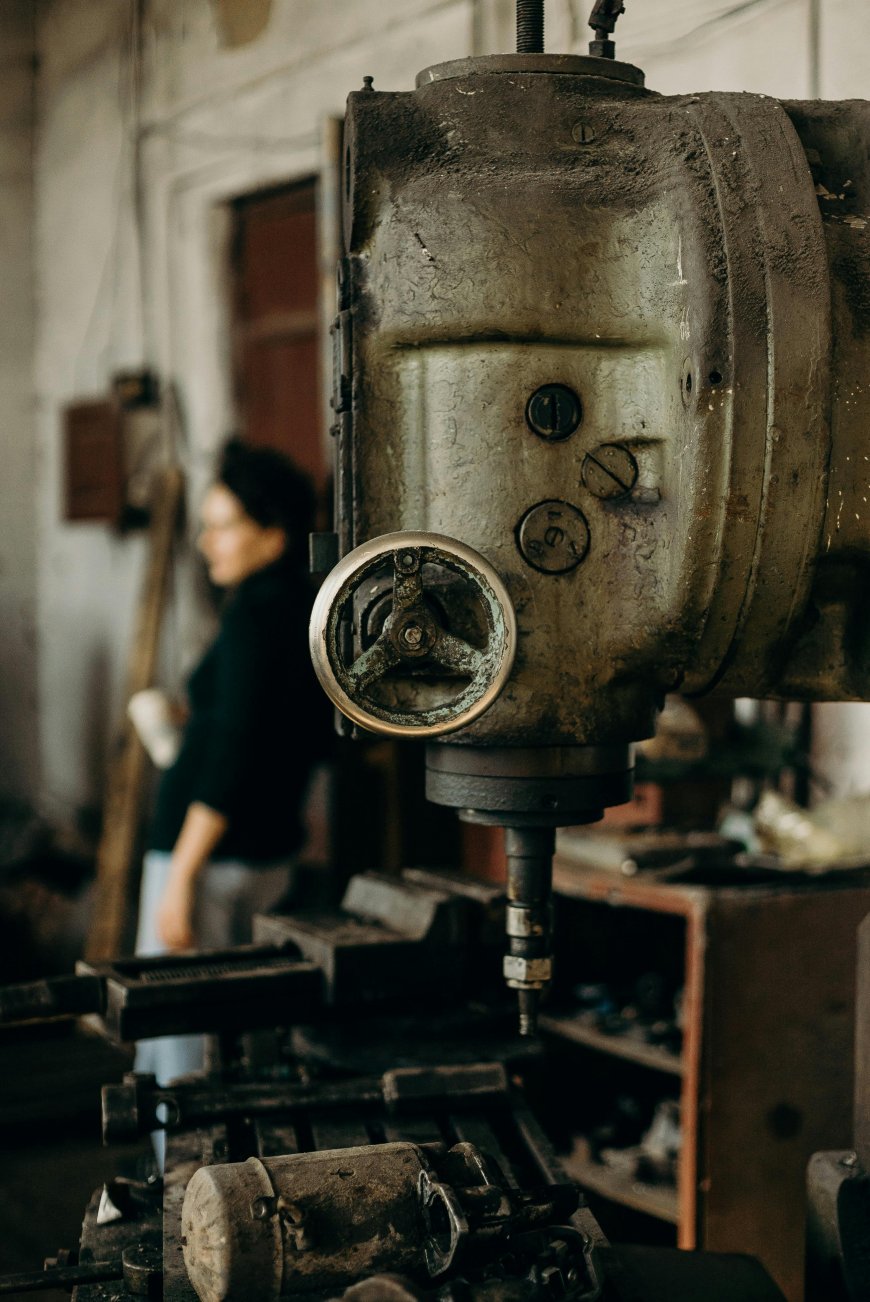Key Figures in the Industrial Revolution
Discover the pioneers of the Industrial Revolution whose inventions and ideas transformed industries, economies, and modern society.

The Industrial Revolution, spanning the 18th and 19th centuries, marked a major turning point in human history. It transformed economies, societies, and daily life through mechanization, technological innovation, and industrial growth.
Central to this era were visionary inventors, entrepreneurs, and thinkers who propelled industries forward, shaping the modern world.
James Watt: Steam Engine Innovator
James Watt (1736–1819) improved the steam engine, making it more efficient and practical for industrial use. Watt’s innovations powered factories, mines, and transportation, fueling urbanization and economic growth.
His work exemplifies how technological refinement can revolutionize industries and productivity.
Richard Arkwright: Father of the Factory System
English inventor Richard Arkwright (1732–1792) developed the water frame, mechanizing textile production and creating the factory system. Arkwright’s contributions transformed labor, production processes, and industrial organization.
The factory system he pioneered became a model for manufacturing worldwide.

Eli Whitney: Interchangeable Parts and Cotton Gin
Eli Whitney (1765–1825) invented the cotton gin, revolutionizing cotton processing. He also promoted the use of interchangeable parts in manufacturing, enabling mass production and mechanized assembly.
Whitney’s innovations laid the groundwork for modern industrial production and efficiency.
Isambard Kingdom Brunel: Engineering Visionary
Isambard Kingdom Brunel (1806–1859) designed groundbreaking infrastructure projects, including bridges, tunnels, and railways. His work connected cities, facilitated trade, and enhanced mobility, showcasing the power of engineering in transforming society.
Brunel’s innovations exemplify the blend of imagination and technical skill central to the Industrial Revolution.
Samuel Morse: Telegraph and Communication
American inventor Samuel Morse (1791–1872) developed the telegraph and Morse code, revolutionizing long-distance communication. This breakthrough enabled instant information exchange, connecting industries, governments, and communities.
Morse’s invention accelerated globalization and industrial coordination.

Why These Figures Matter
The Industrial Revolution’s success depended on individuals who combined ingenuity with vision. Watt, Arkwright, Whitney, Brunel, and Morse each changed the trajectory of industries, commerce, and society.
Their contributions demonstrate how innovation, technology, and leadership drive historical progress.
FAQs
Q1: Who improved the steam engine during the Industrial Revolution?
A1: James Watt enhanced the efficiency of the steam engine, powering factories and transportation.
Q2: What did Richard Arkwright invent?
A2: Arkwright developed the water frame and pioneered the factory system in textile production.
Q3: How did Eli Whitney impact manufacturing?
A3: Whitney invented the cotton gin and promoted interchangeable parts, enabling mass production.
Q4: What are Isambard Kingdom Brunel’s contributions?
A4: Brunel designed bridges, tunnels, and railways, transforming transportation and trade.
Q5: Why is Samuel Morse significant?
A5: Morse invented the telegraph and Morse code, revolutionizing long-distance communication.
আপনার প্রতিক্রিয়া কী?
 পছন্দ
0
পছন্দ
0
 অপছন্দ
0
অপছন্দ
0
 ভালোবাসা
0
ভালোবাসা
0
 মজার
0
মজার
0
 রাগান্বিত
0
রাগান্বিত
0
 দুঃখজনক
0
দুঃখজনক
0
 বাহ
0
বাহ
0




























































